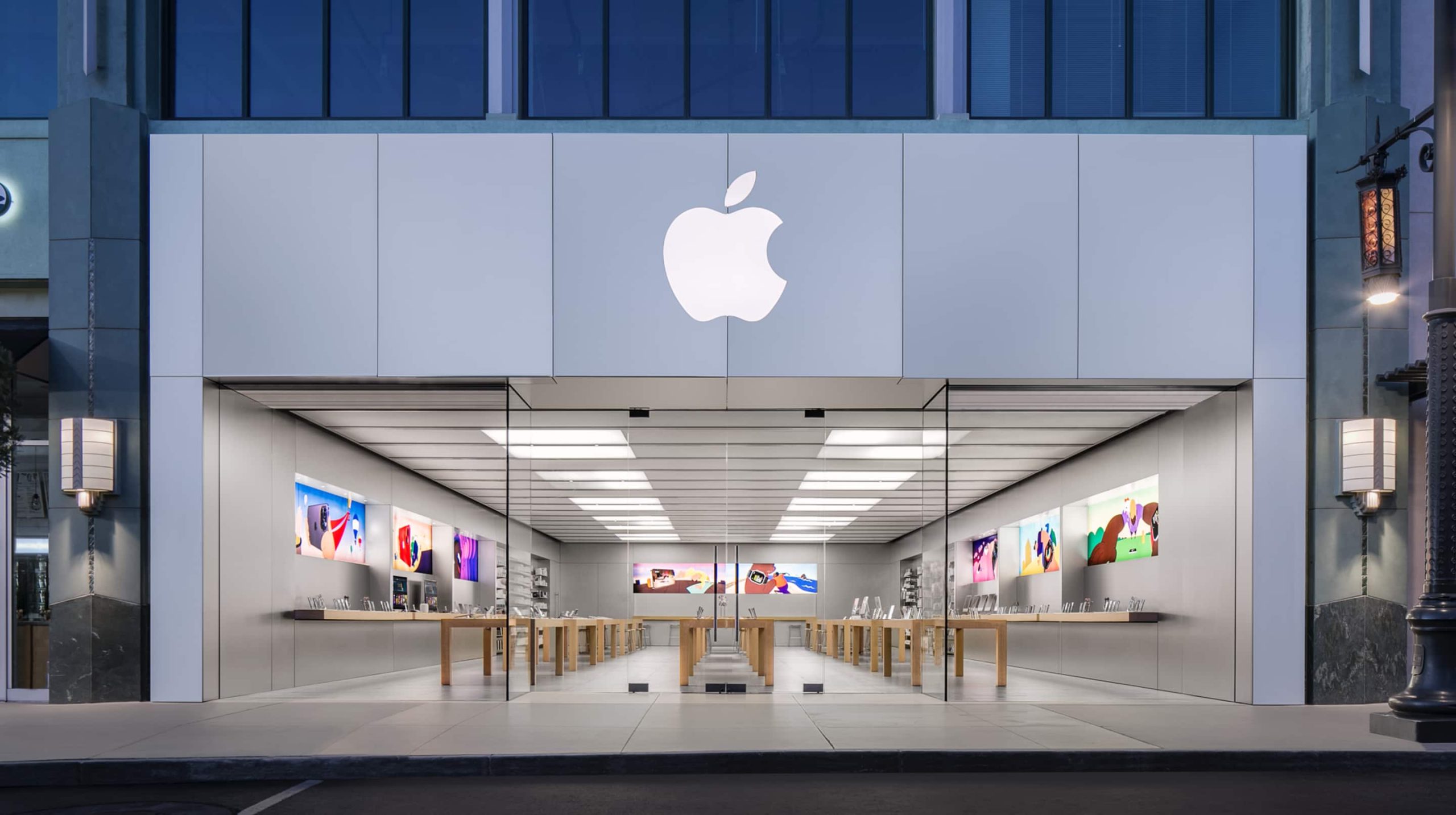According to research by the Brookings think tank, approximately 30% of jobs in the United States are at risk of automation.
Citing foreign media, EDnews reports that today, most industries experiencing the greatest impact from generative artificial intelligence (AI) were considered among the least susceptible to automation just a few years ago. Generative AI can now perform tasks once deemed impossible for computers by experts, such as programming, forecasting, writing, creative work, communication, promotion, and analysis. While these advancements bring opportunities, they also introduce risks. On one hand, generative AI can enhance the skills of millions of professionals, making them more productive, creative, informative, efficient, and intelligent. On the other, employers might decide to automate portions—or even all—of the responsibilities of managerial roles, potentially leading to job losses and reduced demand for previously sought-after skill sets.
An analysis by OpenAI suggests that generative AI could impact over 30% of U.S. jobs, potentially replacing half of the roles in affected fields. Currently, 85% of workers feel that at least 10% of their tasks are influenced by these changes.
Unlike earlier automation technologies that mostly impacted routine tasks, generative AI is likely to replace various “cognitive” and “non-routine” tasks, particularly in middle- and high-income jobs. High-paying sectors, such as STEM, finance, and law, along with office and administrative support roles, are among the most affected.
AI also has a moderate impact on education and healthcare. Elementary school teachers and registered nurses, for example, can save time with AI support. Teachers could spend less time on grading, test management, and record-keeping, while nurses could handle diagnostics, patient record management, and treatment adjustments more efficiently. However, AI has minimal influence on practical tasks like physical exams and lab work, preserving the need for personal oversight. Sectors relying on manual labor are less affected by AI, and lower-paid service sectors also face less impact from generative AI.










